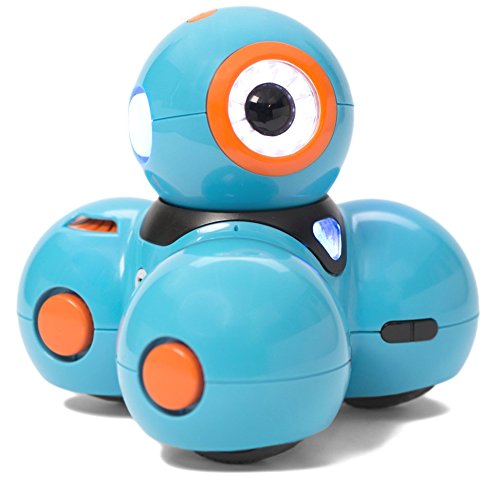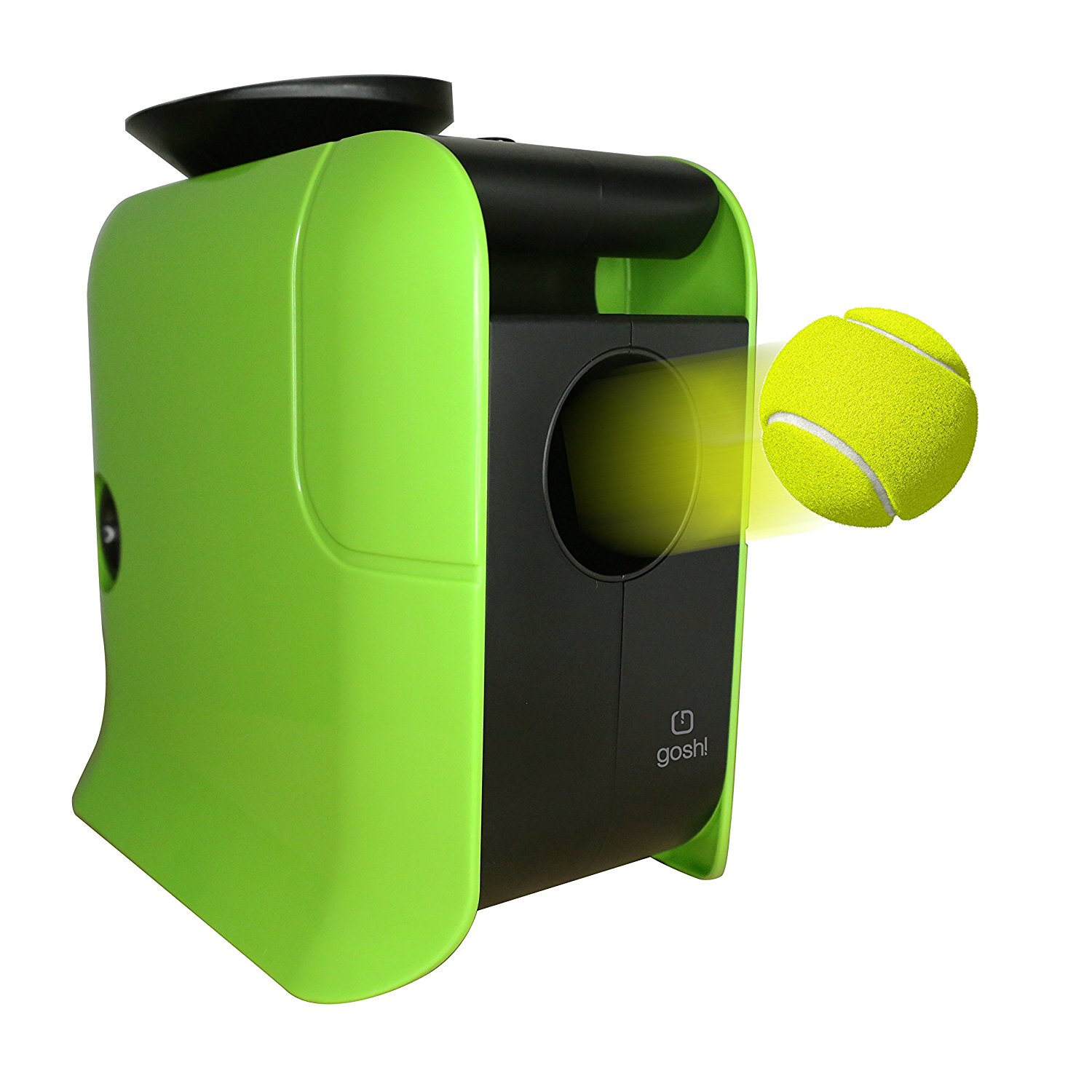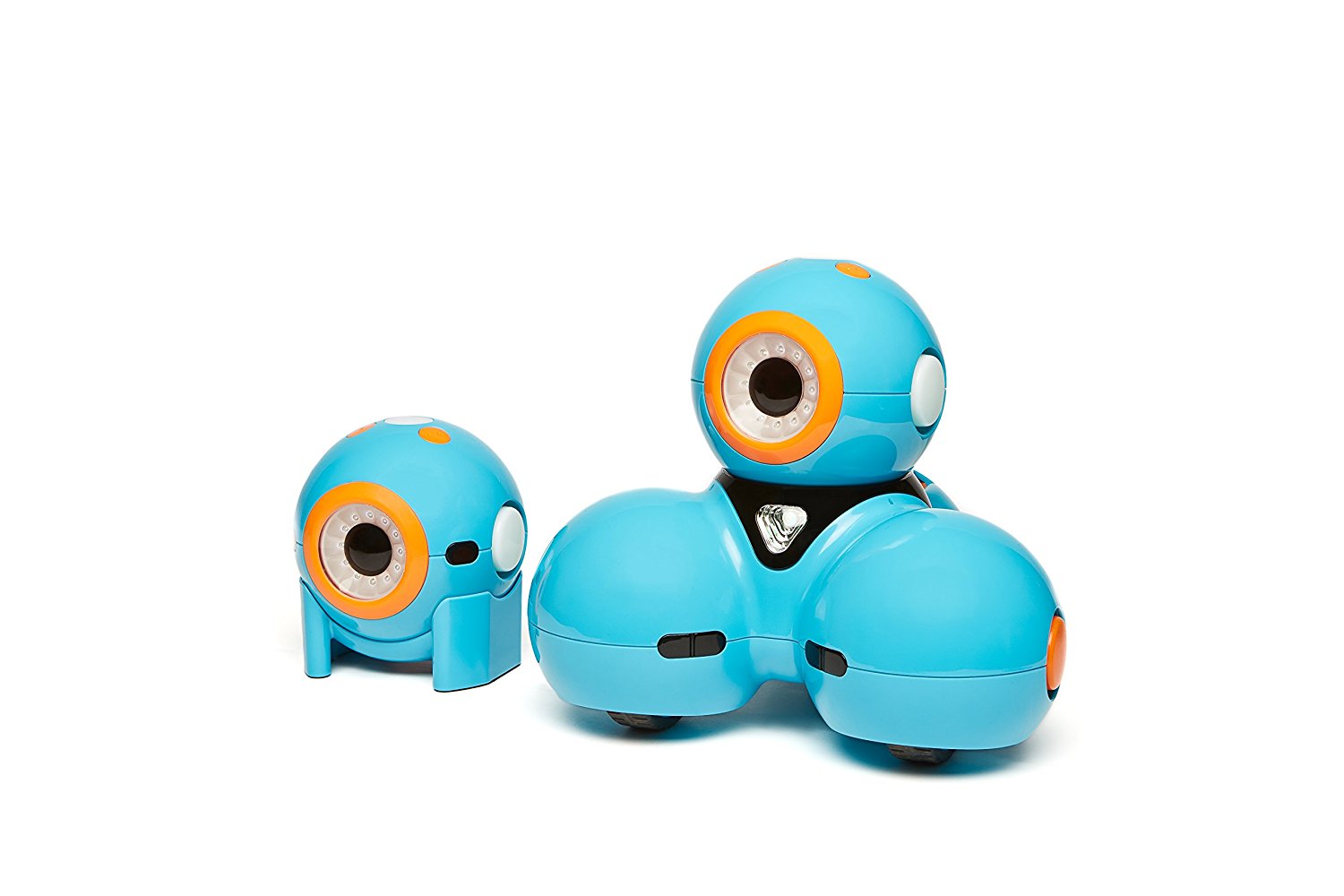The basic difficulty with the wheelchair’s operation and movement control has been made surpisingly simple through the introduction of the Robotic Wheelchair, a design of the Saitama University’s Human-Robot Interaction Center.
With this robotic wheelchair, the person sitting in the chair does not need to operate it with his or her hands, nor does an attendant needs to supply any physical labor to pull and push the chair for his or her ward. Instead, the wheelchair moves automatically with the person who is walking alongside of it. This wheelchair is programmed to respond to the movement of the person walking with it and it can even anticipate the way in which the person will move next.
For tracking the probable direction in which the companion will move or turn, the robotic wheelchair has a built-in distance sensor and camera system. These technologies help the chair to mimic the attendant by examining their shoulder position. That means, along with being automatic, these wheelchairs are quickly receptive as well. For this reason, the person walking along the wheelchair, after making a turn, will not have to wait for the chair to make a turn and then reach him or her. Everything will be so fast it will appear to be happening at the same time. However, for the most effective and prompt results, the wheelchair should be kept to the left of its walking companion.
Some other advantages of using the robotic wheelchair are that the person riding in it will not have worry about avoiding any obstacles that come in the way. The chair is programmed to sense things, particularly a human being coming towards it and likewise compensates, choosing a freer path. Even more, the good news about these robotic wheelchairs is that one companion can operate and guide two of these wheelchairs together at the same time. This must the best feature of these wheelchairs. It is very difficult for an attendant to manually operate two regular wheelchairs. That demands a lot of energy, concentration and good timing. But things are not so in case of the robotic wheelchairs. They make the task much easier.
The robotic wheelchair, by relieving the companion from pushing and operating the chair, has made it very easy for someone to walk along the person sitting in the wheelchair. The person sitting in the chair will not have to turn back or speak loudly to communicate with the attendant pushing them, nor is that attendant required to waste his or her energy in pushing and pulling the person in the wheelchair.
Robots are doing miraculous things, and that can be seen by viewing other inventions such as the Lego Robot that follows you upstairs and Giant Robot Arm that offers a person seated in a chair to experience how it feels to drive a Ferrari.
Via: Crunchgear











